January 22 2007 2:43 PM EST
CONTACTAbout UsCAREER OPPORTUNITIESADVERTISE WITH USPRIVACY POLICYPRIVACY PREFERENCESTERMS OF USELEGAL NOTICE
© 2025 Equal Entertainment LLC.
All Rights reserved
All Rights reserved
By continuing to use our site, you agree to our Privacy Policy and Terms of Use.
We need your help
Your support makes The Advocate's original LGBTQ+ reporting possible. Become a member today to help us continue this work.
Your support makes The Advocate's original LGBTQ+ reporting possible. Become a member today to help us continue this work.
As breast cancer ravaged her body, Susan G. Komen asked her younger sister for a promise. Komen wanted help to ''cure this disease.'' After a three-year struggle, the vivacious young mother with the bright smile died in 1980 at age 36.
And her sister, Nancy Brinker, kept her promise to do something, founding the Susan G. Komen Breast Cancer Foundation two years later.
''I knew it had to be big. We had to change a culture,'' Brinker said.
Indeed, the culture and much more have changed.
In the 25 years since, the foundation has grown from a small gathering of women in Brinker's living room to a world-renowned operation that will have invested roughly $1 billion in community outreach and research by year's end.
The Dallas-based organization has 200 employees, more than 100,000 active volunteers, and 125 affiliates. Its annual Race for the Cure has grown from 800 women who ran for charity in Dallas to about 1.5 million participants in 120 races worldwide. The foundation has funded work in more than 47 countries.
The nonprofit is celebrating its 25th year with a new name--Susan G. Komen for the Cure--an edgy new advertising campaign that includes T-shirts reading, ''If you're going to stare at my breasts, you could at least donate a dollar to save them''; sales of pink promise rings; and a pledge to raise another $1 billion in the next 10 years.
With the help of organizations like Komen and prominent figures like first lady Betty Ford, who spoke openly about her experience with breast cancer in the mid 1970s, the culture slowly began to change from breast cancer being a taboo subject, said Gabriel Hortobagyi, president of the American Society of Clinical Oncology.
''I grew up at a time when most families didn't talk about either sex or cancer,'' said Hortobagyi, chairman of the department of breast medical oncology at the University of Texas M.D. Anderson Cancer Center in Houston. ''Those were sort of taboos. It was sort of shameful if anyone in the family had cancer. And people didn't talk about breasts, either healthy or sick.''
Today, the Komen Foundation reports, nearly 75% of women over 40 get regular mammograms, compared with fewer than a third who got breast exams in their doctor's offices in 1982; the five-year survival rate for breast cancer when caught before it spreads is 98%, compared with 74% back then; the federal government devotes more than $900 million each year to breast cancer research, treatment, and prevention, compared with $30 million in 1982.
''I truly believe if Nancy hadn't started this thing, that that would not be the case--it just needed that special focus,'' said Hala Moddelmog, president and chief executive officer of Komen.
The Komen organization says it is second only to the U.S. government as a source of funding for breast cancer research and community outreach programs, which include education, screening, and treatment. It says about 84 cents of every dollar it raises is spent in those areas, totaling about $157 million this year.
''Every advance in breast cancer has been touched by a Komen grant,'' said Komen spokeswoman Emily Callahan.
This year the organization is refocusing its research money to concentrate on more focused areas, such as finding biological signs that can help predict cancer before symptoms appear. Moddelmog says the goal is to support research that is ''transformational, and that definitely ties back to the cure.'' Funding both research and community programs is important, said Moddelmog, herself a five-year breast cancer survivor.
''We're helping to discover the cures by funding the research. And we're helping to deliver the cures by providing access,'' Moddelmog said. ''What we want to wake up and see one day is a world without breast cancer.''
There will be an international emphasis this year including a September summit in Budapest, where Brinker served as U.S. ambassador to Hungary from 2001 to 2003. The event will pair 25 U.S. activists with 25 people from around the world to look at the social, cultural, and financial circumstances that prevent women from getting quality breast health care and treatment.
Brinker said that her sister might not have foreseen her legacy, but she knew Brinker would tackle breast cancer head on.
Growing up in Peoria, Ill., the sisters followed along with their mother on volunteer projects. The sisters were close but had different personalities, said Brinker, who now lives in Washington, D.C.
''We were kind of a good pair because Suzy never thought she was aggressive or good in school. She was very pretty and popular,'' said Brinker. It was Komen, a high school homecoming queen, who taught Brinker how to use makeup. Brinker was the more driven sister, the family's ''Miss Fix It,'' she said. But above all, ''she was always looking out for me, and I was always doing things to look out for her too.''
By the late 1970s, Brinker was living in Dallas, part of the executive training program at luxury retailer Neiman Marcus. Komen, who was three years older, was raising her family in Peoria, working as a part-time model. They remained close, keeping up by phone.
One afternoon Komen called to tell Brinker that her doctor had found a lump in her breast that needed to be biopsied. Komen had a mastectomy, but about five months later she found a lump under her arm.
While she first sought treatment in her hometown, she eventually went on to the Mayo Clinic and then M.D. Anderson. By then, her cancer had spread.
When her sister died, a devastated Brinker knew she had work to do.
"It wasn't going to be enough to raise money from some very wealthy people; we needed to change the culture,'' said Brinker, who herself was diagnosed with breast cancer in 1984. ''We needed to approach this as an eradication of an entire disease. We fund the entire spectrum.''
Hortobagyi, who has had a close relationship with the Komen organization, including receiving grants for projects and chairing its health advisory board, said that the organization shows the power of a single person.
''It's made a huge difference in how we approach breast cancer,'' said Hortobagyi, who said Komen has served as a model for other disease advocacy movements. ''It has been enormously influential.''
He also has a personal connection, having been part of Komen's treatment team at M.D. Anderson as a young doctor.
''She was a very delicate young lady, a very resolute young woman who was a true fighter,'' he said.
By getting the subject of breast cancer out into the public, Komen led women to becoming advocates, said Jean Sachs, executive director of Living Beyond Breast Cancer, a nonprofit that provides breast cancer education. Komen is one of the sponsors of the group's annual conference for those diagnosed with breast cancer under the age of 45.
''If you look at where we are today, it's so different. Women have so many choices,'' said Sachs, who added that her 15-year-old organization could be viewed as ''one of the grandchildren of Komen.''
While the advances made in the 25 years since Komen was formed are reason to celebrate, the organization's ultimate goal remains unachieved: the eradication of breast cancer.
About 1 in 8 women will get breast cancer, and the disease is the second most lethal kind of cancer in women, after lung cancers. About 41,000 U.S. women died of breast cancer last year. Worldwide it kills about 370,000 women each year.
''When you look at where we are, we're still not where our mission is, and that's a world without breast cancer,'' Moddelmog said.(Reuters)
From our Sponsors
Most Popular
Bizarre Epstein files reference to Trump, Putin, and oral sex with ‘Bubba’ draws scrutiny in Congress
November 14 2025 4:08 PM
True
Jeffrey Epstein’s brother says the ‘Bubba’ mentioned in Trump oral sex email is not Bill Clinton
November 16 2025 9:15 AM
True
Watch Now: Pride Today
Latest Stories
Joe Biden says MAGA Republicans want to make LGBTQ+ people ‘into something scary’
December 05 2025 8:20 PM
'Finding Prince Charming's Chad Spodick dies at 42
December 05 2025 3:45 PM
Supreme Court to hear case on Trump order limiting birthright citizenship
December 05 2025 3:01 PM
Women gamers boycott global esports tournament over trans ban
December 05 2025 2:55 PM
Anti-LGBTQ+ hate crimes reached record-highs last year in this gay haven
December 05 2025 1:16 PM
Three lesbian attorneys general beating back Trumpism in court warn of marriage equality’s peril
December 05 2025 12:07 PM
Trump DOJ rolls back policies protecting LGBTQ+ inmates from sexual violence
December 05 2025 11:12 AM
Georgia law banning gender-affirming care for trans inmates struck down
December 05 2025 9:40 AM
Tucker Carlson and Milo Yiannopoulos spend two hours spewing homophobia and pseudo-science
December 04 2025 4:47 PM
'The Abandons' stars Gillian Anderson & Lena Headey want to make lesbian fans proud
December 04 2025 4:38 PM
Tig Notaro is working on a 'hot lesbian action' movie with Zack Snyder
December 04 2025 4:36 PM
Cis men love top surgery—it should be available for all
December 04 2025 4:35 PM
Denver LGBTQ+ youth center closed indefinitely after burglar steals nearly $10K
December 04 2025 12:57 PM
Trans pastor says she’s ‘surrounded by loving kindness’ after coming out to New York congregation
December 04 2025 11:13 AM
Trending stories
Recommended Stories for You








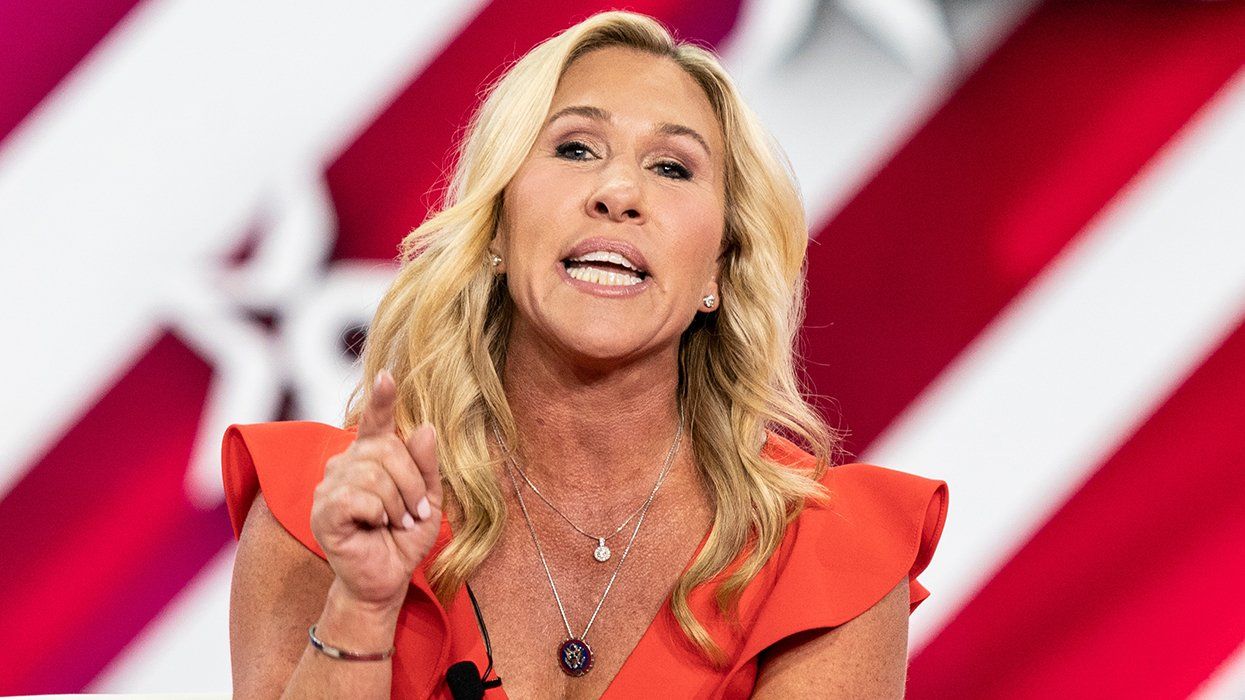

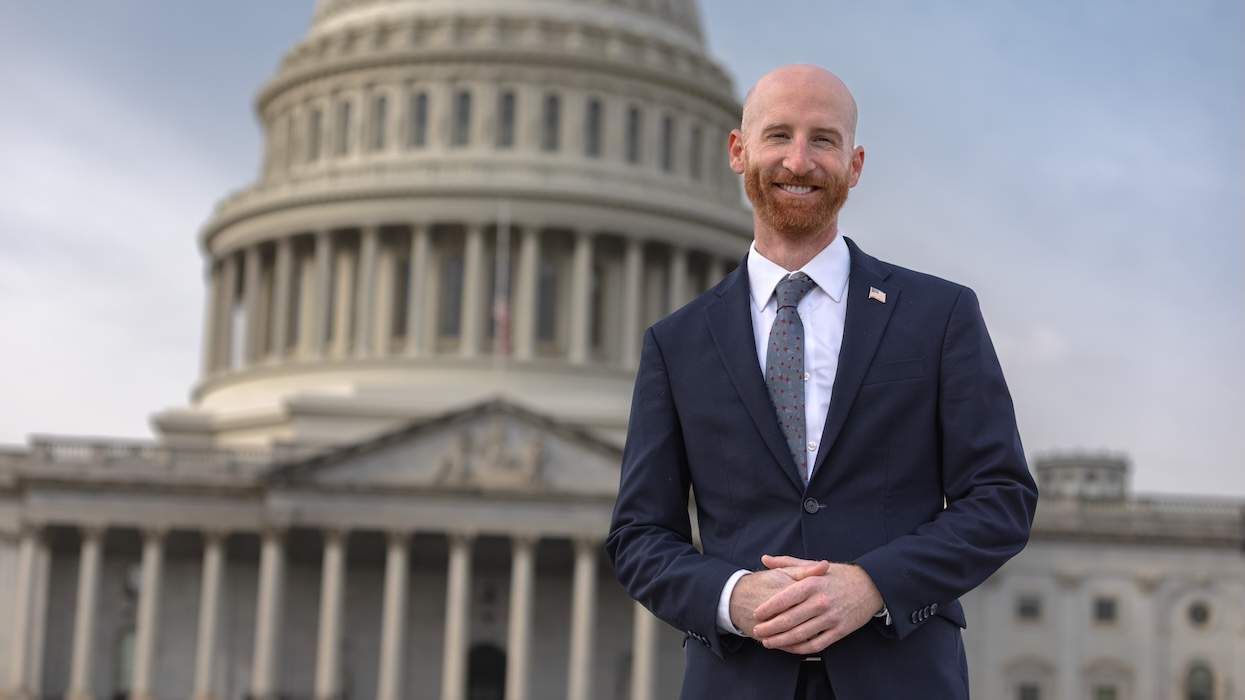
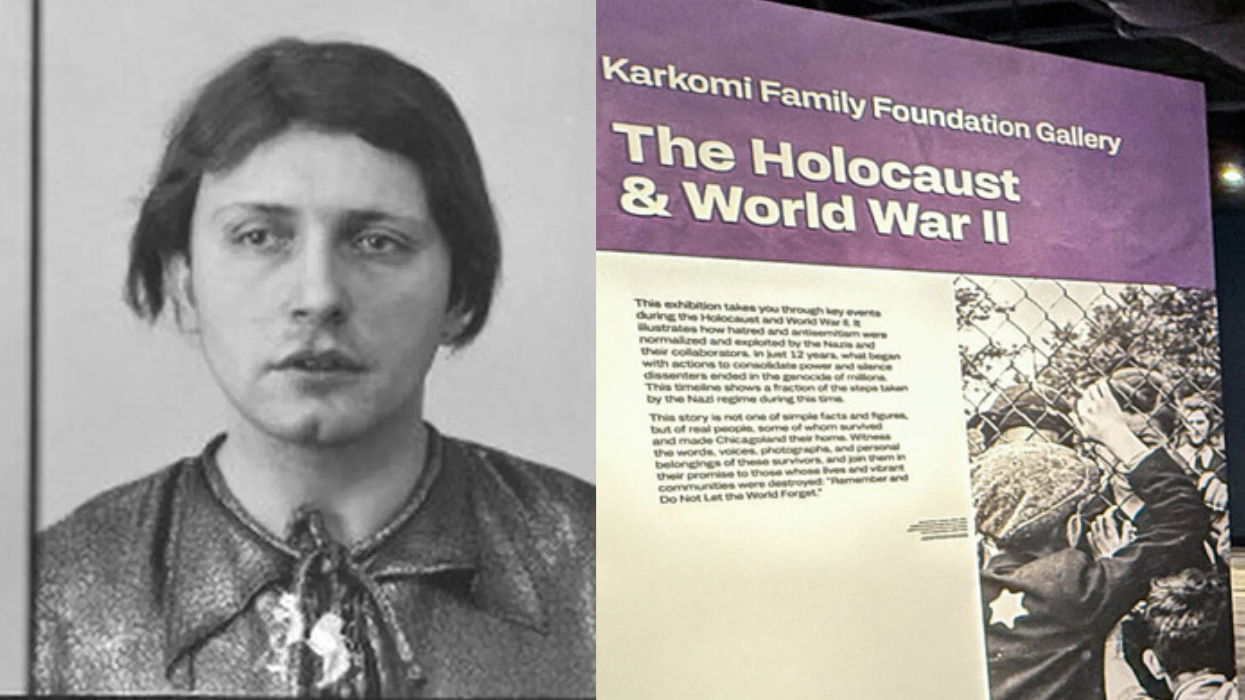


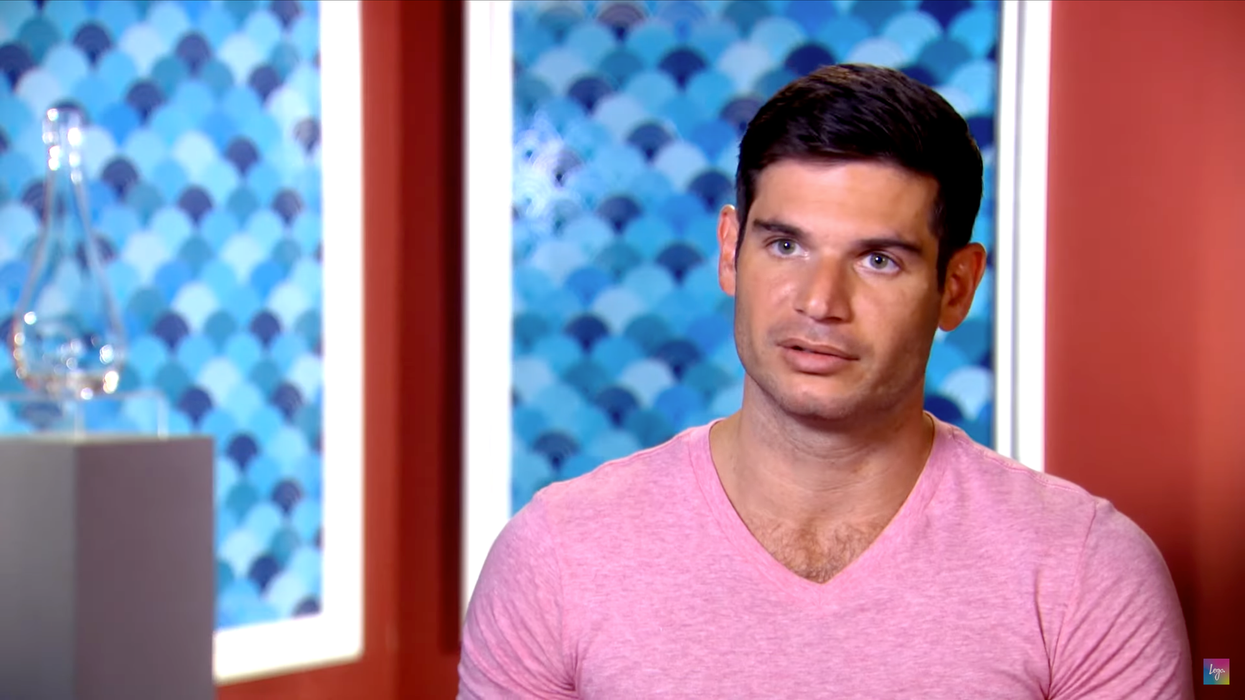








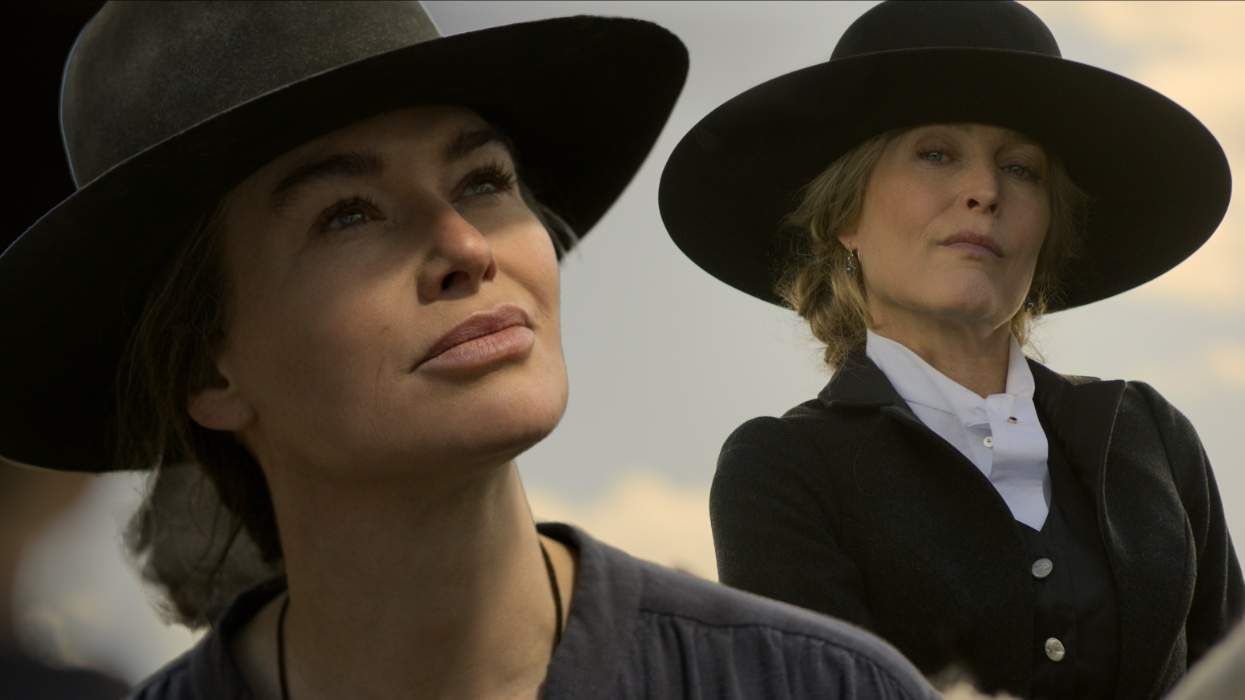
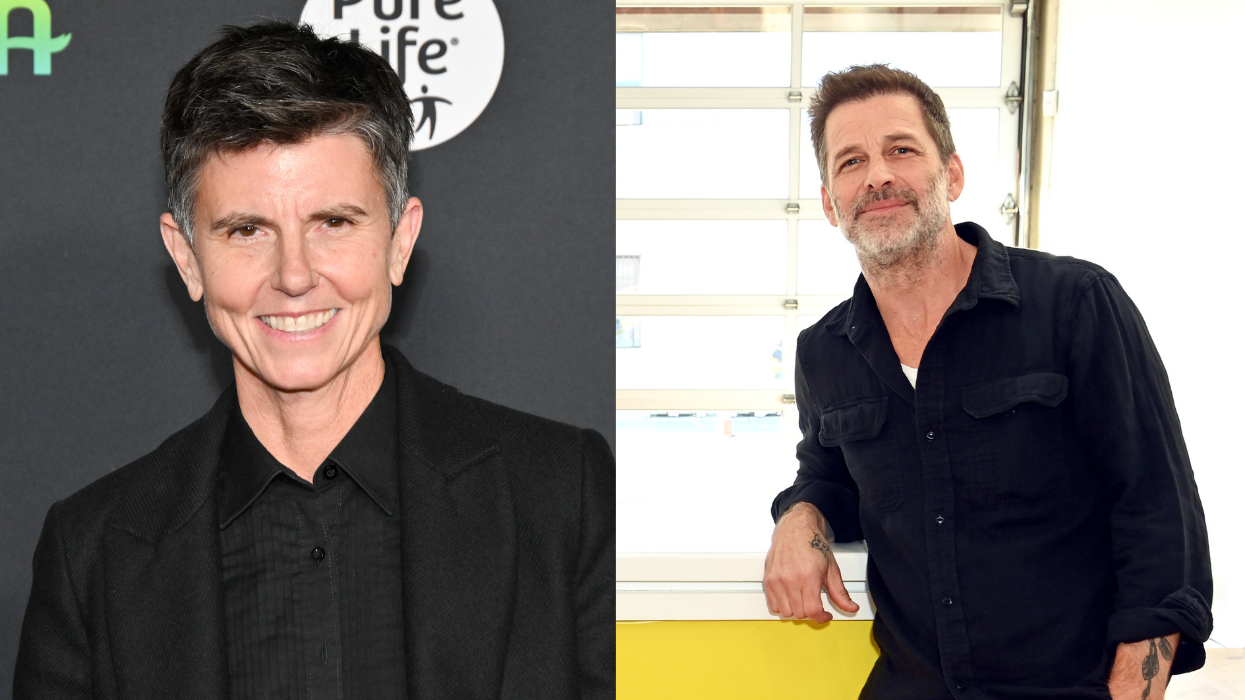


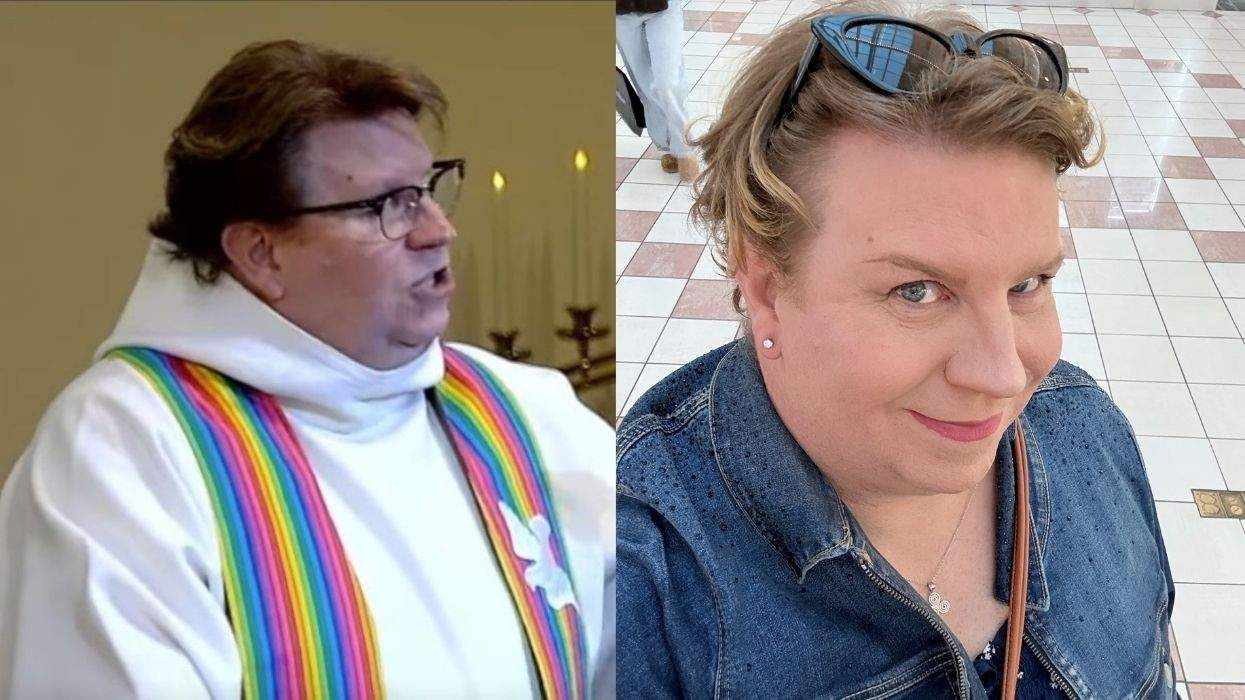








































Charlie Kirk DID say stoning gay people was the 'perfect law' — and these other heinous quotes